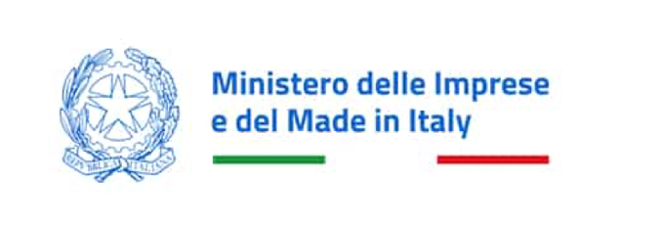Discover a patented electrospun nanocomposite material
(Cu₂O/carbon-based) engineered for next-generation lithium battery
anodes.
This innovation, protected by
Patent EP3246445 Granted,
delivers enhanced performance, sustainability, and scalability for
advanced energy storage solutions.

The SPINNERET project was born from the urgent need for a transition towards a decarbonized energy system and the growing electrification of transport, which make the development of high-performance electrochemical storage systems crucial.
The primary objective is the valorization of a patent relating to electrospun nanocomposite materials based on Cu₂O and carbon, designed as advanced anodes for lithium batteries.
The project aims to increase the Technology Readiness Level (TRL) of the patented material through the creation and validation of an innovative anode prototype.
CUP: C78H23000710002
Duration: 18 months (started on September 18, 2023)
Budget: 66,000 euros
Funded under the UdAProVAL - NRPP call, Mission 1 Component 2 Investment 6
SPINNERET is based on electrospinning, a technique that enables the production of nanocomposite materials with a nanofibrous morphology and a functional synergy between the properties of Cu₂O and the carbon matrix.
Transition metal oxides, such as cuprous oxide (Cu₂O), offer significantly higher theoretical specific capacities compared to graphite, the material conventionally used in lithium battery anodes.
Electrospinning aims to overcome the limitations of transition metal oxides, such as pronounced volume expansion during charge/discharge cycles and limited electrical conductivity, through the engineering of nanostructured architectures.
The project also explores the use of metallic copper, often available as industrial scrap, as an alternative material to promote the principles of the circular economy.
The SPINNERET project aims to contribute to the development of higher-performing lithium batteries, with greater energy density, power, cycle life, and safety—crucial elements for the electrification of transport and energy storage.
The valorization of the SPINNERET patent could reduce dependence on critical raw materials and improve the sustainability of the battery sector.
Commercialization strategies for the patent include direct production, licensing, and a hybrid approach to balance risks and opportunities.
A research collaboration agreement has been established with the Zentrum für Sonnenenergie- und Wasserstoff-Forschung for the development of larger-scale electrochemical prototypes.
Definition of solution and ES process parameters in order to obtain PAN/Cu20 nanofibers with adequate morphology and uniform distribution of Cu20.
Electrospun membrane with desired thickness; process with adequate productivity rate.
Definition of all the process parameters and ES set-up to produce customer's membrane according to all the requirements, but with higher productivity.
The SPINNERET project was carried out with the support of:





For more information about the SPINNERET project, please contact:
Prof. Stefania Ferrari
Email: stefania.ferrari [at] unich.it
Website: www.spinneret.it